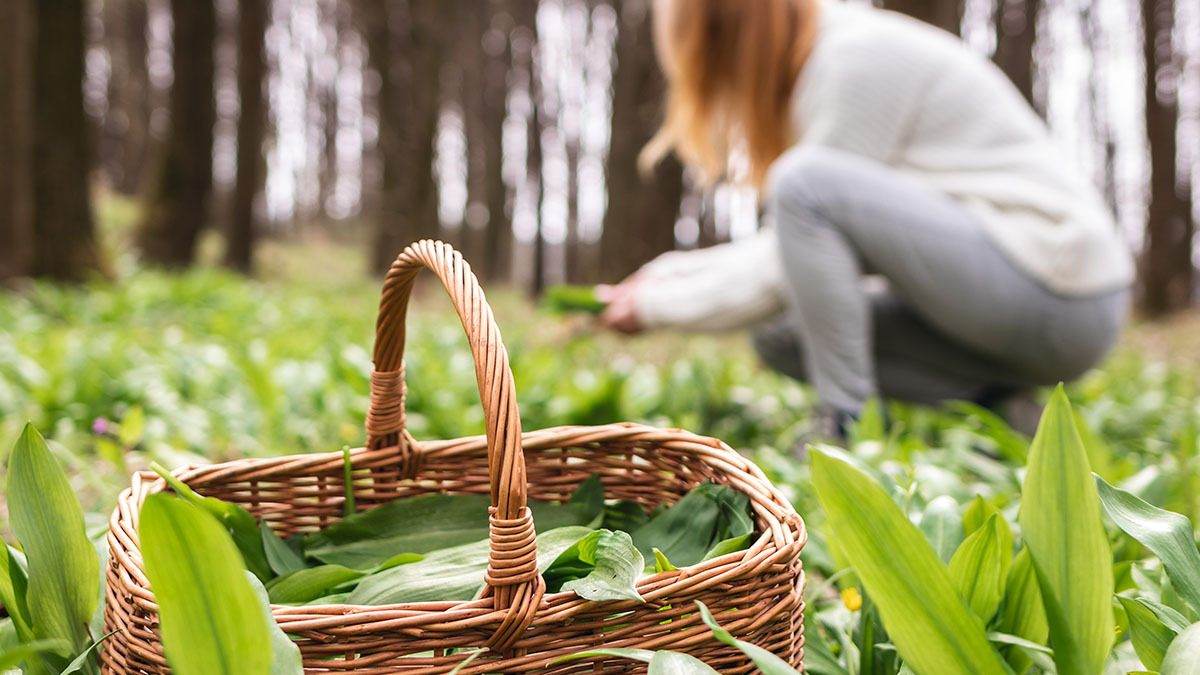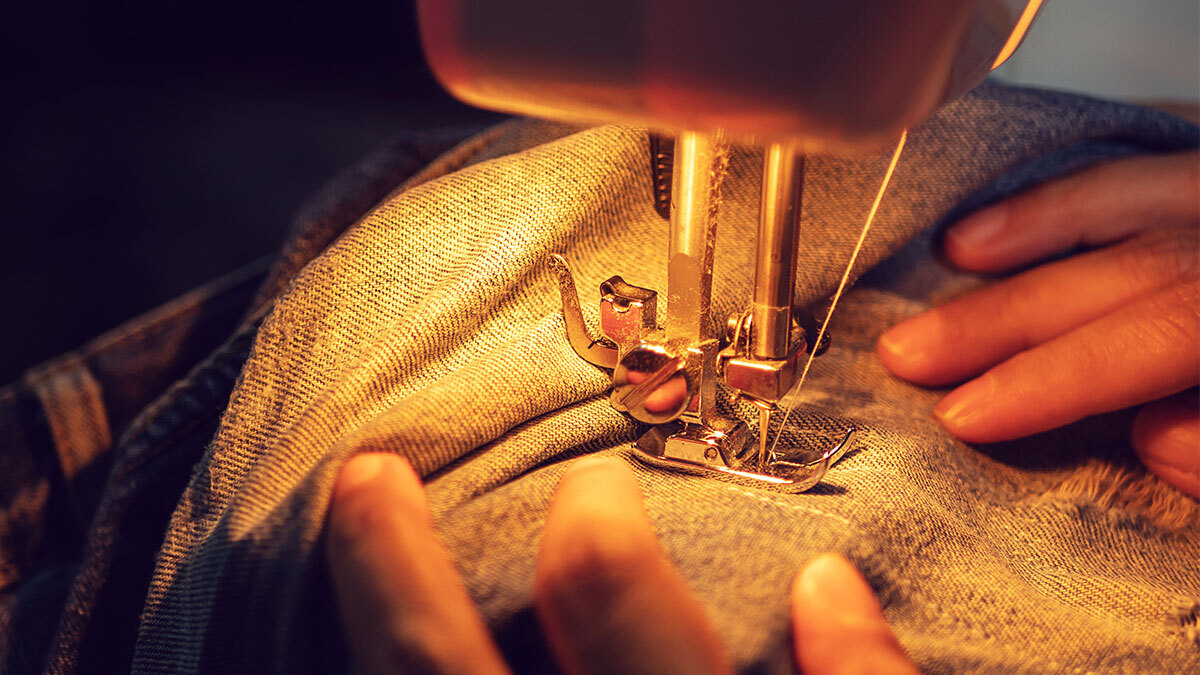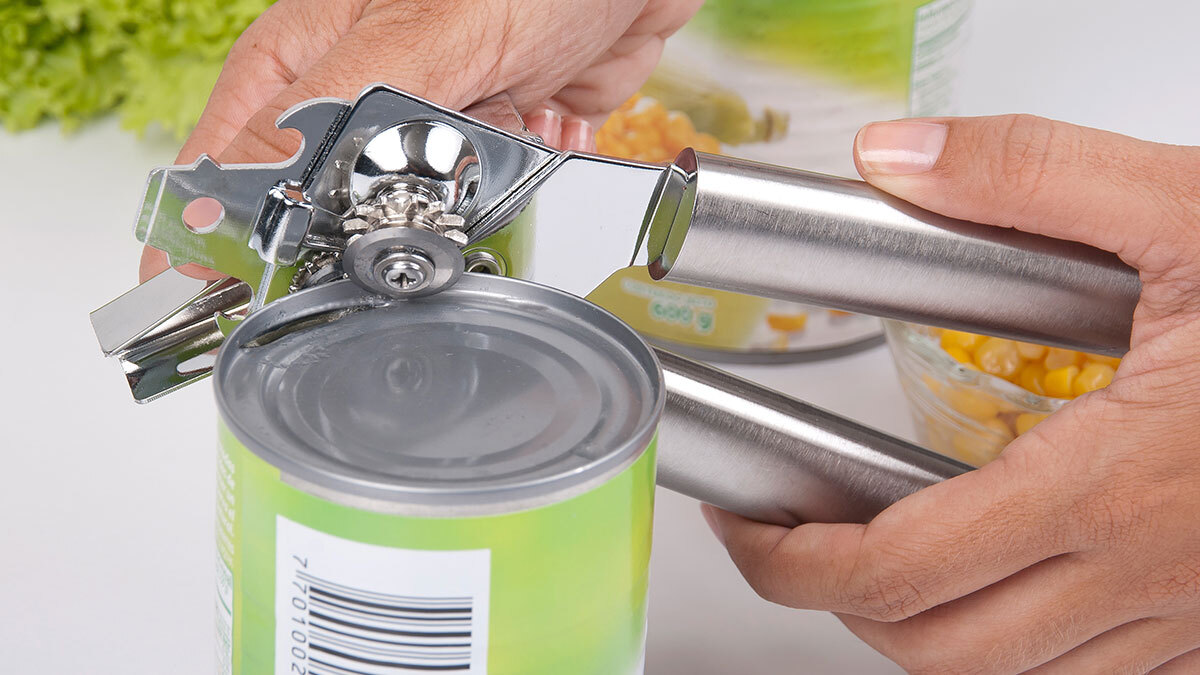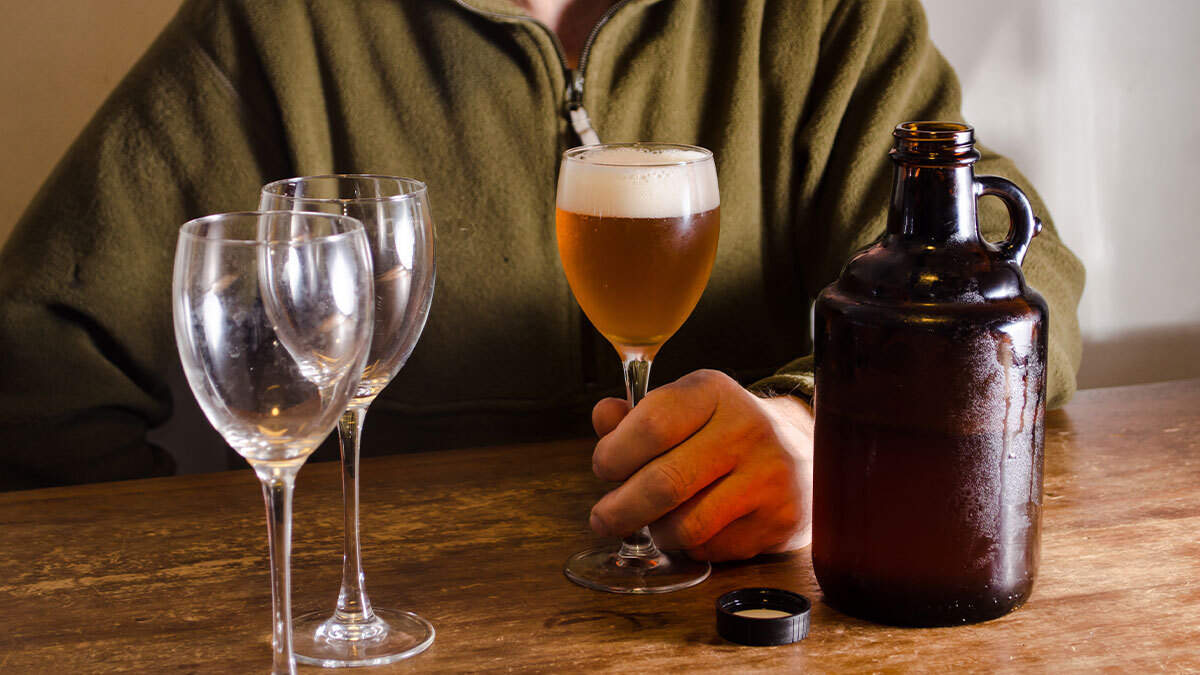on
Slow down. Look around. Go foraging.
Since the beginning of time, people have gathered wild food to feed themselves – an act known as foraging.
Foraging is a must-know skill for homesteaders. If you know how to forage for safe edible plants and berries, you’ll be able to get needed sustenance.
Not only can it provide necessary food in survival situations, but it is also a great way to embrace locavore eating.
Many people choose to go foraging simply because they enjoy finding safe and fun edible ingredients for creative dishes.
Use these tips to guide you when you are ready to go foraging.
Follow the #1 Rule of Foraging
The main reason many people hesitate to go foraging is because they are scared of eating something poisonous.
This is cause for hesitation!
However, it shouldn’t prevent you from foraging; it should stop you from consuming the wrong things.
The number one rule of foraging is to never (ever ever) eat anything you are not 100% sure is safe.
When you go foraging, you do not simply pick up plants and berries and eat them.
You do your homework first.
[Related Read: 25+ Homestead Hacks That Will Make Life Easier]
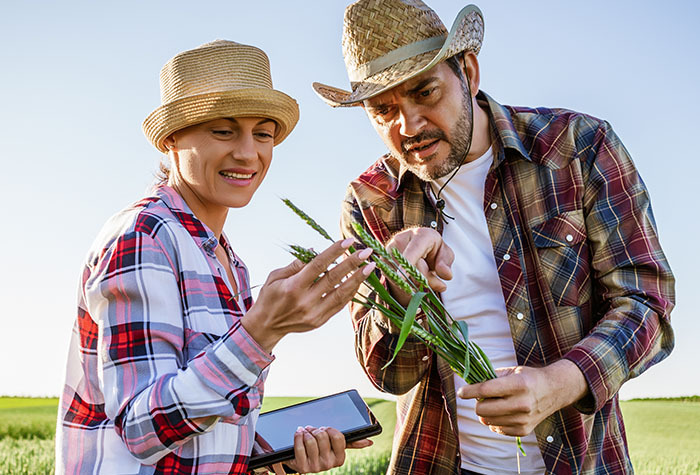
Seek Guidance
The best way to learn about foraging is hands-on learning from an experienced forager who acts as a mentor.
Fortunately, it is easier than you think to find experienced foragers or classes.
For example, many local universities offer plant identification classes that are free to the public.
You can also look on MeetUp.com for local foraging groups.
There is even a website database dedicated just to finding a forager near you, which is aptly named findaforager.com.
In addition, there are many YouTube channels dedicated to foraging.
Learn How to Identify Edible Plants and Berries
Before you go foraging, you need to learn how to identify edible plants and berries.
Start by familiarizing yourself with berries.
According to MasterClass, “Aggregate berries (those with tightly packed clusters, like raspberries and mulberries), are 99 percent edible worldwide. Blue, black, and purple berries are around 90 percent edible (though you should consider an edibility test).”
Next, familiarize yourself with edible weeds, such as chickweed, dandelion, clover, chicory, cattail, and wild mustard.
In addition to taking a class or learning from an experienced forager, it is wise to invest in foraging books or wild edible guides that have plenty of clear photographs to use for identifying plants and berries.
[Related Read: 12 Principles of Woodlore]
Learn How to Identify Poisonous Plants and Berries
It is just as important (possibly more important) to learn how to identify poisonous plants and berries.
While some plants, such as poison ivy, irritate the skin, others are extremely dangerous for consumption, such as holly berries.
There are some key characteristics that many poisonous plants share:
- Milky sap: Milky or latex sap is a substance that oozes out of a plant’s branches or stems if cracked or broken. It can cause skin irritation or other strong allergic reactions.
- Fine hairs and spines: Fine hairs and spines are usually an indicator that a plant has a defense mechanism to ward off predators. Most of these hairs will cause some sort of stinging or burning sensation when you touch them with bare skin.
- Umbrella-shaped flower clusters: Most plants with umbrella-clumping flowers have high toxicity and should be avoided.
- Waxy leaves: Also known as the cuticle, “wax” on leaves is a protective layer that helps plants retain water but can sometimes indicate that a certain type of greenery is a toxic plant and not safe to eat.
Again, when you go foraging, you should never consume any plants, berries, or mushrooms unless you are 100% sure they are safe to eat and not toxic.
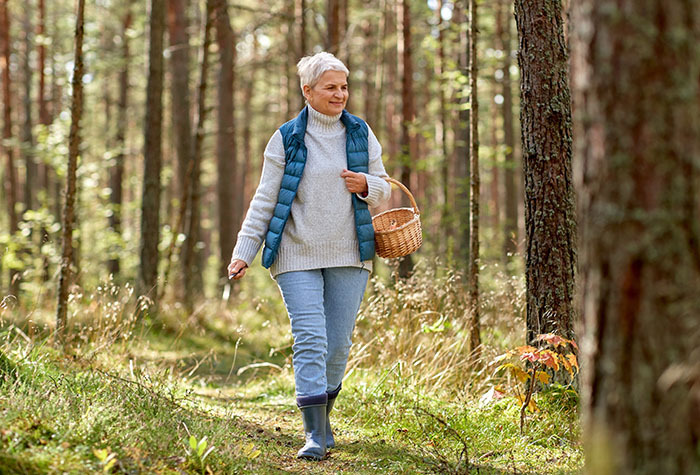
Know Your Foraging Area
Where you are foraging makes a big difference.
Those foraging in the mountains will be on the lookout for different types of plants than those looking in an urban park.
Additionally, different climate zones lead to different findings.
If you know what types of plants, weeds, and berries grow in your area, it will make it easier when you go foraging.
You may want to start by learning what poisonous plants grow in your foraging area.
[Related Read: Five Ways to Find Water in the Wilderness]
Start with Easy-to-Identify Plants and Berries
When you want to go foraging for the first time, start with easy-to-identify edible plants.
Here are some easy-to-find wild edibles:
- Dandelions
- Wild onion
- Chickweed
- Bittercress
- Violets
- Clover
- Nettles
- Elderflowers
- Blackberries
- Raspberries
- Sweet chestnuts
This will help you gain confidence and prevent you from feeling overwhelmed.
Know What Areas to Avoid
When you go foraging, there are some areas you absolutely need to avoid.
For example, it’s unwise to go foraging in an area that is popular for pets to defecate.
Similarly, you want to avoid areas that may have been contaminated by chemicals, such as areas treated with pesticides or herbicides.
You should also stay away from busy roadways where exhaust, oils, and other substances from vehicles can make their way to the vegetation nearby.
Keep in mind that there are also some places where foraging is prohibited, such as protected wilderness areas.
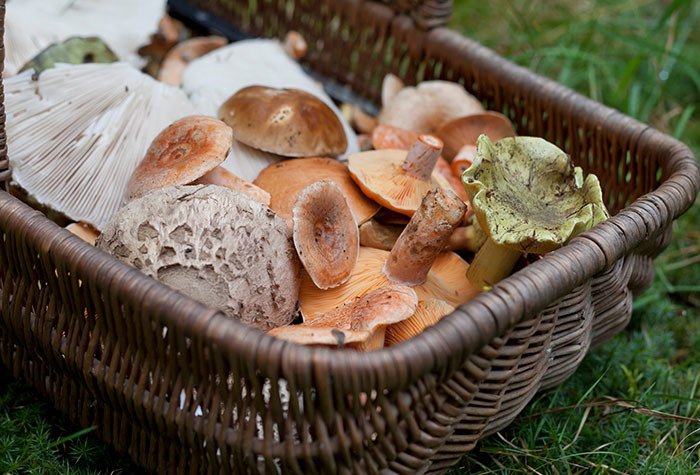
Bring the Right Supplies
There are a few things you should always take with you when you go foraging.
- Cutting Tool: A cutting tool is essential. Foraging doesn’t mean ripping plants and their roots from the ground. True foraging involves cutting only what you need and leaving the rest to continue to grow.
- Basket or Bag: Always bring something along to carry the edible foods you find.
- Gloves: Some plants are prickly, and gloves will protect your hands from thorns.
- Field Guides: Take at least one field guide with you to help you correctly identify edible wild food. It is wise to take more than one resource.
Take Only What You Need
Along with the number one rule of foraging (only eat what you can safely identify), there is another big rule for foragers.
Only take what you need or about a quarter of the plant.
The Manual explains, “That way, not only can other foragers take advantage of the find and harvest some for themselves, but most importantly, the plant will be able to continue growing and thriving. You can even return to the same spot next year and harvest the same plant. You should also only take the part of the plant you plan to use; harvesting and then discarding unwanted parts of the plants is frowned upon.”
Utilize Foraging Resources
In addition to field guides and books about foraging, there are many new apps and websites that make it easy to search and identify safe plants on the go.
- Fallingfruit.org: A worldwide map that identifies areas for easy gleaning and foraging.
- Wild Edibles Forage: An app with over 250 plants to help you identify wild edibles, as well as foraging recipes.
- Forager’s Buddy: An app that allows users to mark spots where they find wild edibles.
- Wild Berries and Herbs: An app that functions as a field guide in your hand for wild berries, fruits, and herbs in Europe and North America, as well as instructions on preparing and cooking them.
- iNaturalist: This app was developed by the National Geographic Society and the California Academy of Sciences and allows users to connect with other foragers. You can share your findings and ask questions.
- PictureThis: An app that allows you to take pictures of plants and then match them to the 10,000 plants in their archive. It’s considered highly accurate.
Get access to premium content and more!
10 Best Emergency Foods In Your Pantry



